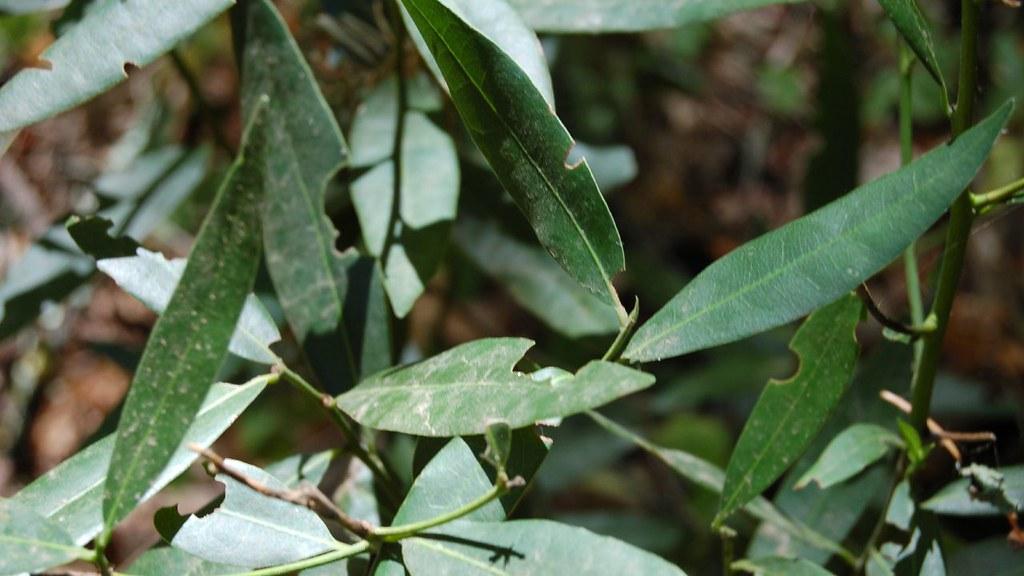
Bay trees, also known as laurel trees, are a popular addition to many gardens. They are versatile and can be grown in a variety of ways, including as a small shrub, a hedge, or a topiary. With their glossy green leaves and aromatic fragrance, bay trees make an excellent addition to any garden. In this article, we will discuss how to care for a bay tree in your garden.
- Understanding Bay Trees
Bay trees are native to the Mediterranean region and are also commonly found in other parts of the world. They are evergreen trees or shrubs that can grow up to 30 feet tall, although they are often pruned to a smaller size. Bay trees have dark green, glossy leaves that are leathery to the touch, and small, fragrant flowers that bloom in the spring.
- Different Types of Bay Trees
There are several different types of bay trees that you can choose from when planting in your garden. The most commonly grown variety is the sweet bay tree (Laurus nobilis), which is the one most often used in cooking. Other popular varieties include the California bay tree (Umbellularia californica) and the cherry laurel (Prunus laurocerasus).
- Characteristics of Bay Trees
Bay trees are easy to care for, but they do require some attention to ensure they remain healthy. They prefer well-drained soil that is rich in organic matter and require regular watering during dry periods. Bay trees also need protection from strong winds, which can damage their delicate leaves.
- Bay Trees as an Ornamental Plant
Bay trees are a popular ornamental plant in many gardens due to their attractive appearance and fragrant leaves. They can be grown as a single tree or as a hedge, and can also be shaped into a topiary. Bay trees make an excellent addition to any garden, and can be used to create a focal point or add structure to a planting scheme.
- Bay Tree Diseases
Bay trees are susceptible to a few different diseases, but the most common is Phytophthora root rot. This fungal disease causes the roots to rot and can eventually kill the tree. Symptoms include yellowing leaves, wilting, and stunted growth. To prevent this disease, make sure to plant your bay tree in well-draining soil and avoid overwatering.
Another disease that can affect bay trees is shot-hole disease. This is caused by a fungus and is characterized by small holes in the leaves. The leaves may also turn yellow or brown and drop prematurely. This disease is often a result of poor air circulation, so make sure to plant your bay tree in an area with good air flow.
- Choosing the Right Location for your Bay Tree
Choosing the right location for your bay tree is crucial to its success. Bay trees prefer a sheltered spot with partial shade, although they can also tolerate full sun if they are given enough water. They require well-draining soil that is rich in organic matter, and should be planted in a spot that is protected from strong winds.
- Soil Requirements
Bay trees prefer well-draining soil that is rich in organic matter. They do not tolerate waterlogged soil, and may develop root rot if the soil is too wet. If you are planting your bay tree in a container, be sure to use a high-quality potting mix that is specifically formulated for trees and shrubs.
- Sunlight Requirements
Bay trees prefer partial shade, but can also tolerate full sun if they are given enough water. If you are planting your bay tree in a spot that receives full sun, be sure to water it regularly to prevent the soil from drying out.
- Consideration for Container Growing
Bay trees can be grown in containers, but they do require some special care. When planting in a container, be sure to choose a pot that is large enough to accommodate the tree’s root system. Bay trees grown in containers require regular watering, and should be fertilized once a year with a balanced fertilizer.
- Pruning Bay Tree Laurel
Pruning is an important part of bay tree care, as it helps to maintain the tree’s shape and size, promotes healthy growth, and can help prevent disease. The best time to prune your bay tree is in late winter or early spring, before new growth starts.
When pruning, use clean, sharp tools and make clean cuts at a slight angle. Remove any dead or diseased branches, as well as any branches that are crossing or rubbing against each other. It’s important not to remove more than a third of the tree’s overall growth, as this can stress the tree and cause it to become more susceptible to disease.
- Conclusion
Caring for a bay tree in your garden may seem like a daunting task, but with the right information and techniques, it can be a rewarding experience. By understanding the different types of bay trees, choosing the right location, planting correctly, watering and fertilizing, pruning, and preventing disease, you can help your bay tree thrive and enjoy its many benefits for years to come.
Remember to always monitor your bay tree for any signs of disease, such as yellowing leaves, wilting, or stunted growth, and take action immediately to prevent further damage. With proper care and attention, your bay tree will be a beautiful and healthy addition to your garden.


